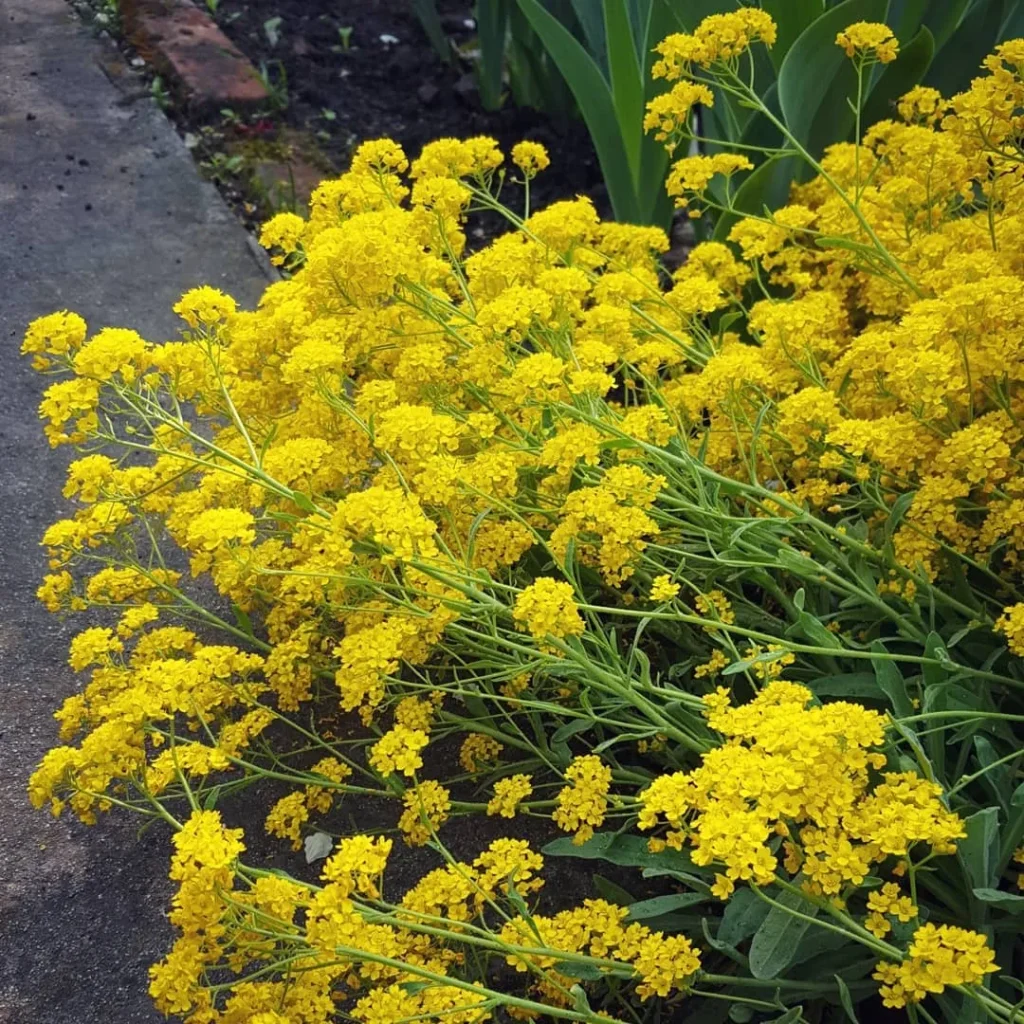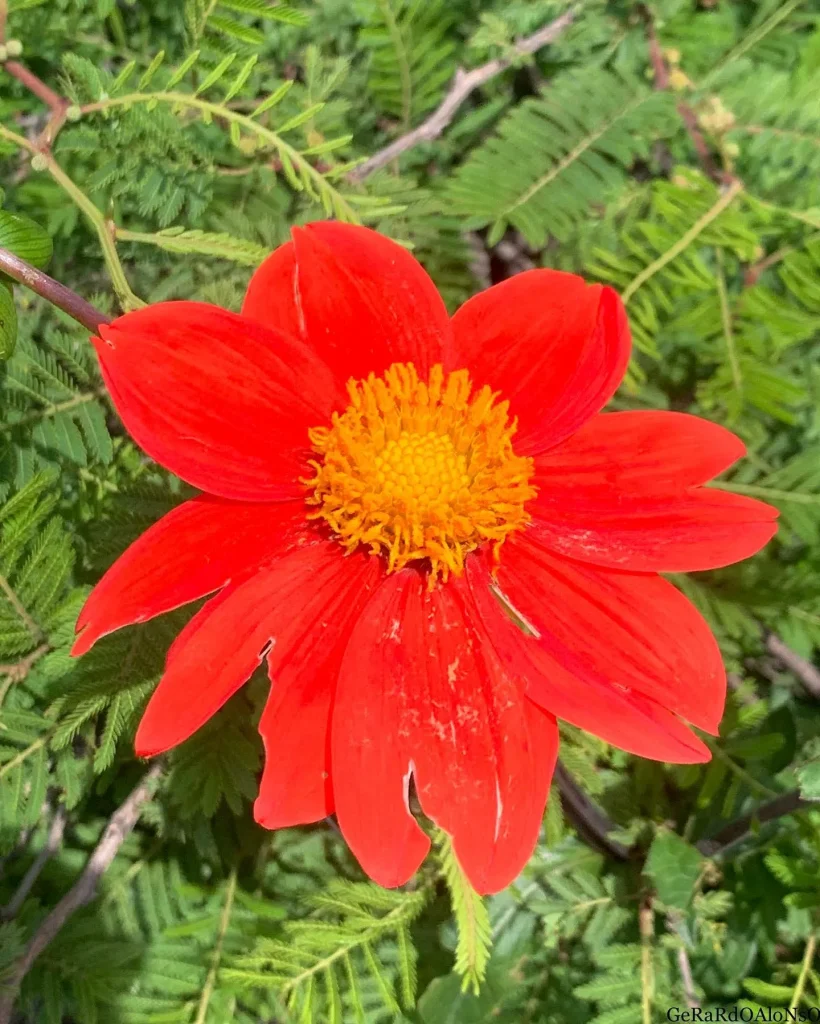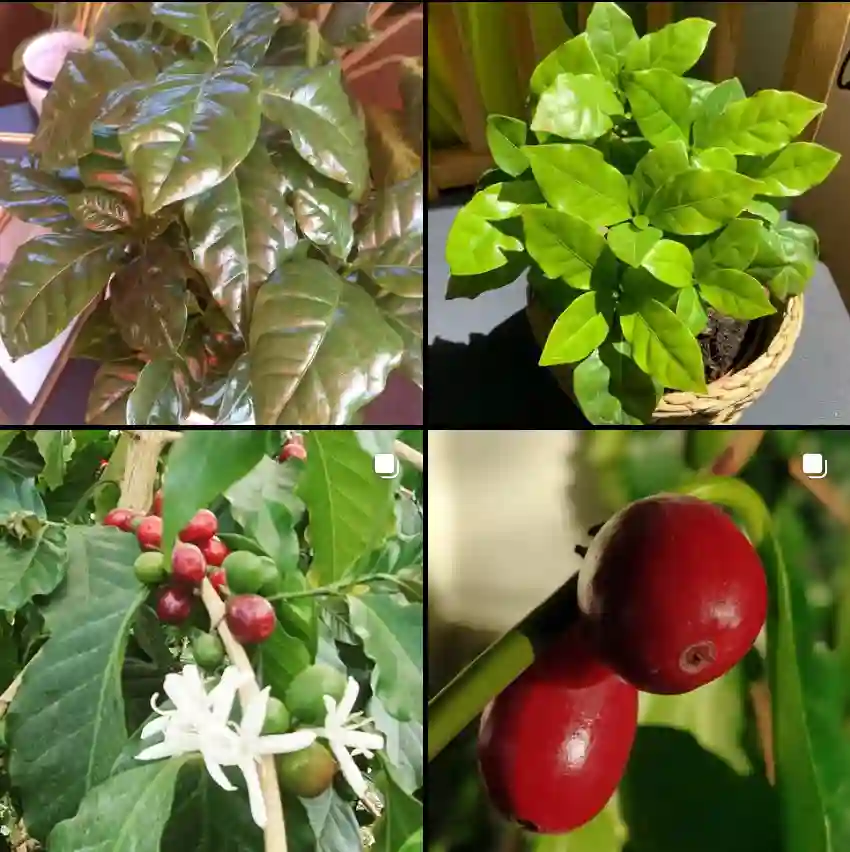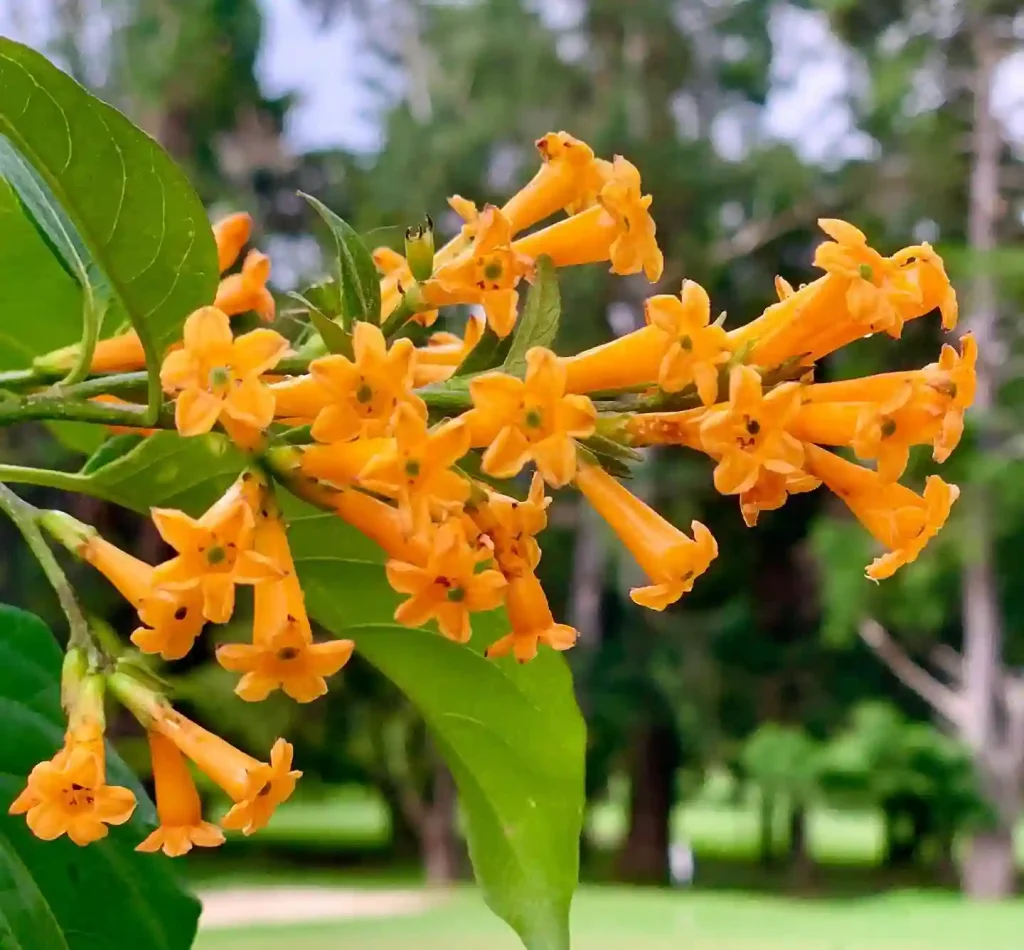What Is Phormium Jack Spratt?
Phormium Jack Spratt, commonly known as the Jack Spratt Flax or New Zealand Flax, is a striking ornamental plant. Its slender, arching leaves come in a mix of green, red, and bronze hues. Native to New Zealand, this plant is admired for its bold foliage and unique texture, making it a popular choice for garden enthusiasts and landscapers alike. The foliage of Phormium Jack Spratt can grow up to 3 feet in length and forms a dramatic, clumping effect that adds both color and texture to garden landscapes.
2 Species in Genus Phormium
How to Care for Phormium Jack Spratt?
Caring for Phormium Jack Spratt is relatively straightforward, though there are a few key considerations to keep in mind.
- Sunlight: Phormium Jack Spratt thrives in full sun to partial shade. It needs at least 4-6 hours of direct sunlight daily for optimal growth. In too much shade, the vibrant colors of the foliage may fade.
- Soil: This plant prefers well-draining soil. It is tolerant of a range of soil types, but avoid waterlogged conditions. A sandy or loamy soil mix works best.
- Watering: Regular watering is crucial, especially during dry spells. However, be careful not to overwater, as this can lead to root rot. The soil should be kept moist but not soggy.
- Fertilization: A balanced, all-purpose fertilizer applied in the spring can encourage robust growth. Avoid over-fertilizing, as this can lead to excessive foliage and reduced flowering.
- Pruning: Remove any dead or damaged leaves as needed to maintain the plant’s appearance and health. Regular pruning also helps to keep the plant looking tidy and encourages new growth.
How to Propagate Phormium Jack Spratt?
Propagating Phormium Jack Spratt is typically done through division or seed sowing.
- Division: The most common method is division. In early spring or late fall, dig up the plant and divide the root clumps. Replant each division in well-draining soil. This method not only propagates the plant but also helps to rejuvenate older specimens.
- Seed Sowing: Although less common, you can also propagate Phormium Jack Spratt from seeds. Sow seeds in a seed tray filled with a well-draining potting mix. Keep the soil moist and provide warmth until the seeds germinate. This method can be more challenging and slower compared to division.
What to Plant with Phormium Jack Spratt?
Phormium Jack Spratt pairs well with a variety of other plants. Here are some suggestions:
- Grasses: Ornamental grasses such as Pennisetum and Carex complement the bold foliage of Phormium Jack Spratt, adding texture and movement to the garden.
- Succulents: The contrast between the spiky leaves of Phormium and the rosette shapes of succulents creates an interesting visual effect. Consider pairing it with varieties like Echeveria or Agave.
- Flowers: Vibrant flowers, such as those from the Gaillardia or Echinacea families, can enhance the colorful foliage of Phormium Jack Spratt and provide additional seasonal interest.
Benefits of Phormium Jack Spratt
Phormium Jack Spratt offers several benefits:
- Visual Interest: Its dramatic, arching foliage adds year-round color and texture to gardens, making it a standout feature in any landscape.
- Low Maintenance: Once established, Phormium Jack Spratt requires minimal care. It is relatively pest-resistant and drought-tolerant.
- Versatility: It can be used in various garden settings, from tropical and contemporary gardens to formal landscapes. Its unique appearance also makes it suitable for container gardening.
Is Phormium Jack Spratt Toxic?
Phormium Jack Spratt is not considered toxic to humans or pets. However, while it is generally safe, it’s always a good practice to keep any plant material away from young children and pets to avoid potential ingestion or irritation.
Common Problems and Solutions
Despite its hardiness, Phormium Jack Spratt can face some issues:
- Leaf Spots: Leaf spots can occur due to fungal infections. Improve air circulation around the plant and avoid overhead watering to reduce humidity, which can help prevent these spots.
- Pests: Occasionally, scale insects or aphids may target Phormium Jack Spratt. Regularly inspect the plant and use insecticidal soap or neem oil if needed.
- Root Rot: Overwatering can lead to root rot. Ensure proper drainage and allow the soil to dry out between waterings.
Compare with Similar Plants
Phormium Jack Spratt is often compared to other flax varieties like Phormium Tenax and Phormium Bronze Baby.
- Phormium Tenax: Larger in size and with broader leaves, Phormium Tenax is a more robust plant compared to the compact and colorful Jack Spratt.
- Phormium Bronze Baby: While similar in its striking foliage, Phormium Bronze Baby has a more uniform bronze color, whereas Jack Spratt features a mix of green, red, and bronze tones.
Conclusion
Phormium Jack Spratt is a captivating and versatile plant that can add a dramatic flair to any garden. With its bold foliage, ease of care, and adaptability, it’s a great choice for both experienced gardeners and beginners. Whether you’re looking to create a striking focal point or enhance your garden’s texture and color, Phormium Jack Spratt is worth considering.
If i die, water my plants!



